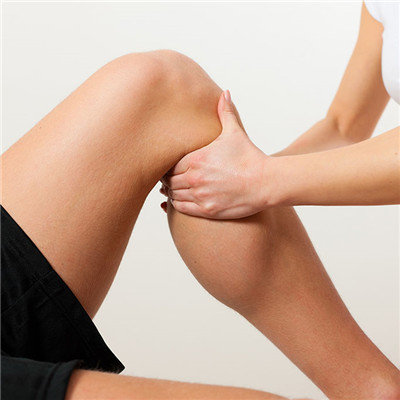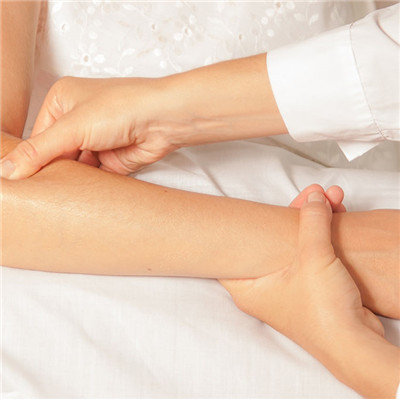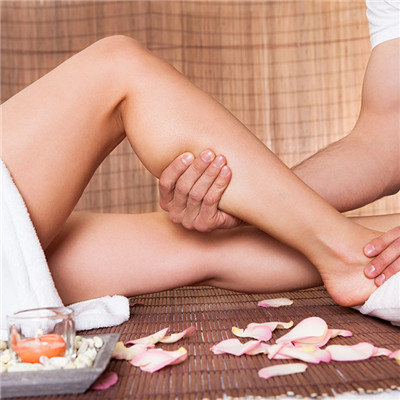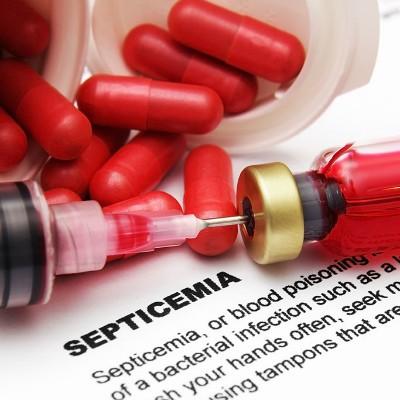Prurigo Nodularis
summary
Prurigo nodularis is a chronic inflammatory skin disease characterized by severe itching and nodular lesions. The etiology is related to insect bite, gastrointestinal dysfunction, endocrine and metabolic disorders, and neurological and mental factors. This disease is more common in women. Most of the lesions occurred in the extremities, also in the waist and buttocks, most in the extension side of the leg. Prurigo nodularis? Let's talk about it
Prurigo Nodularis
In the early stage, it was a papule with the size of needle cap to rice grain, gradually enlarged into a papule and nodule with the size of mung bean to soybean, hemispherical, solid and uplifted skin surface, with obvious keratosis at the top and verrucous appearance,

The surface is rough, brown or grayish brown, scattered in isolation, with a solid feeling when touching. Due to severe scratching, exfoliation, bleeding and blood scab occurred. The skin around the nodules is pigmented or thickened, showing lichen like changes.

Nodules are usually found in the extremities, especially in the extensor side of the leg, occasionally in the back. It can be as few as several or as many as dozens, sometimes arranged in strips. Chronic course, can not heal for a long time.

matters needing attention
Systemic treatment (1) antihistamines and sedative hypnotics can be used alone or in combination with chronic simple lichen, depending on the severity of pruritus. ② Thalidomide alone has poor effect. ③ Immunosuppressants, such as cyclosporine A and azathioprine, are effective in the treatment of refractory prurigo nodularis. ④ Patients with obvious hyperplasia and hard skin lesions can take oral viaminate three times a day, or isotretinoin one to two times a day.










